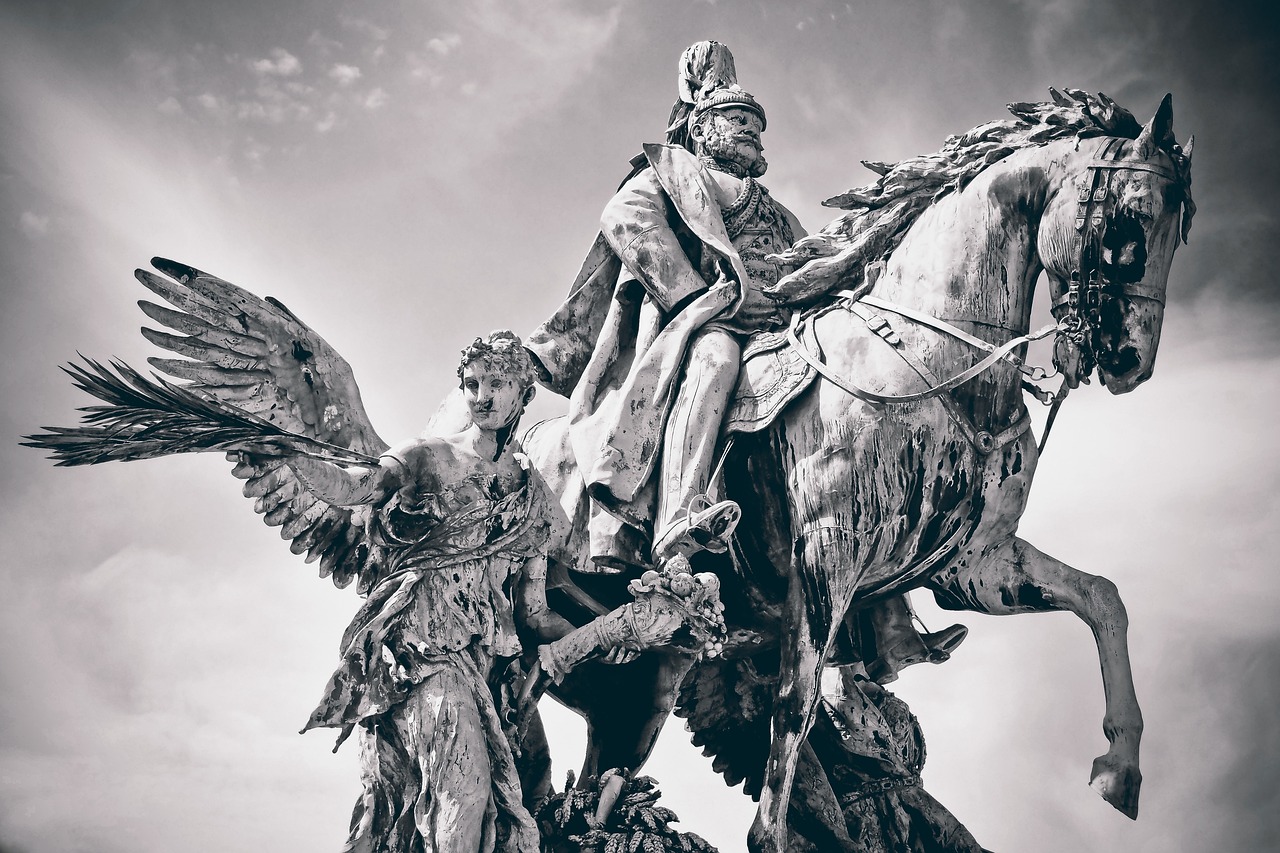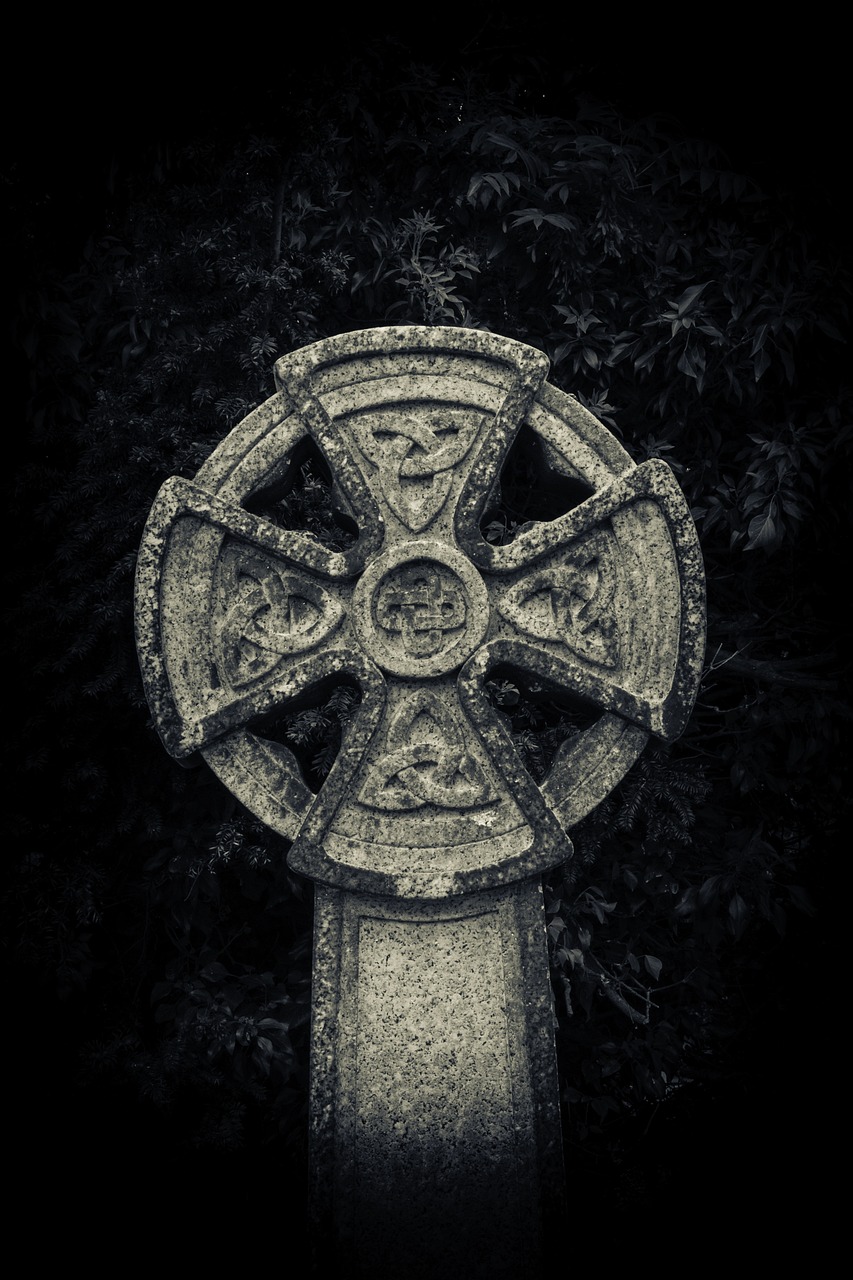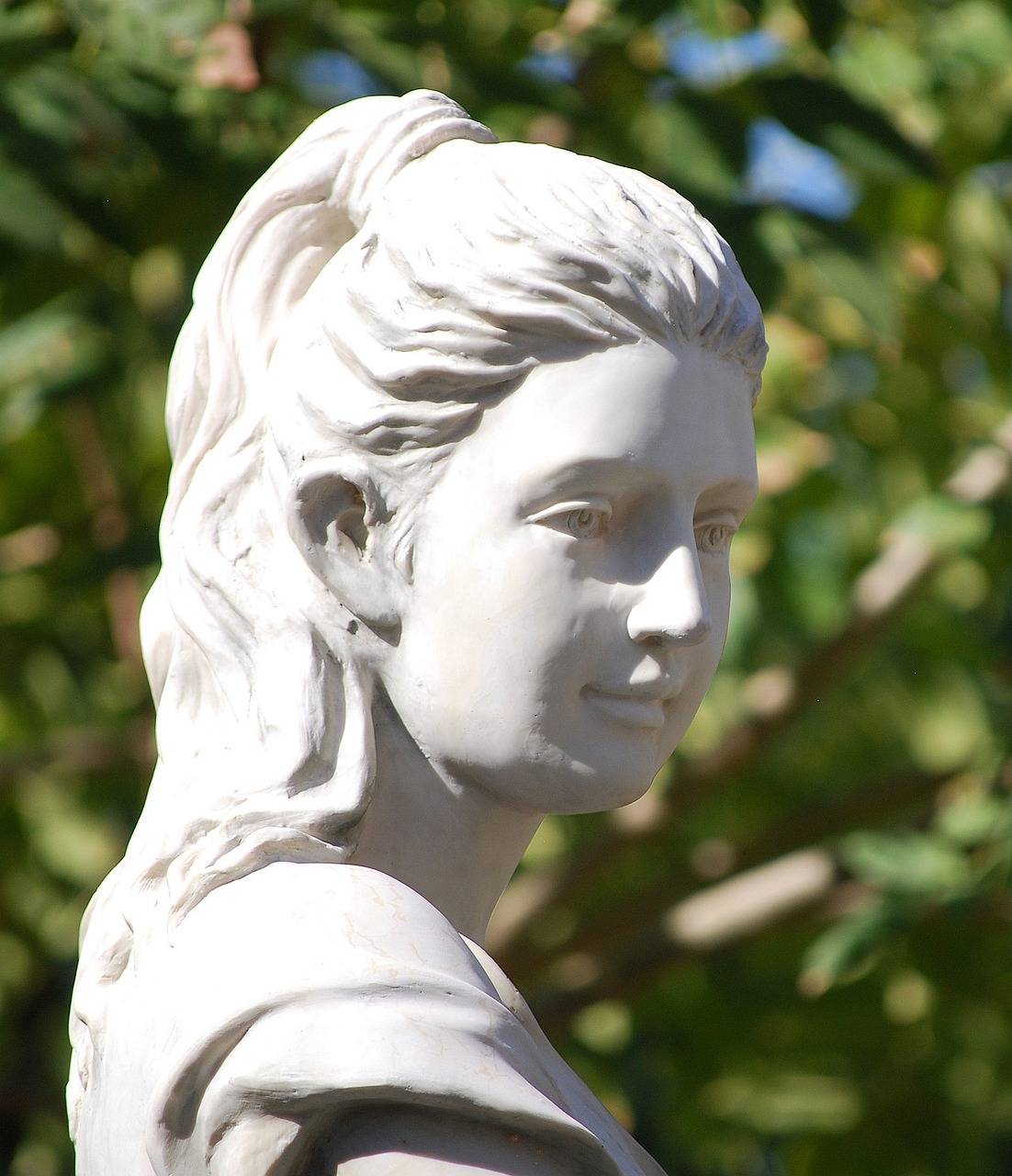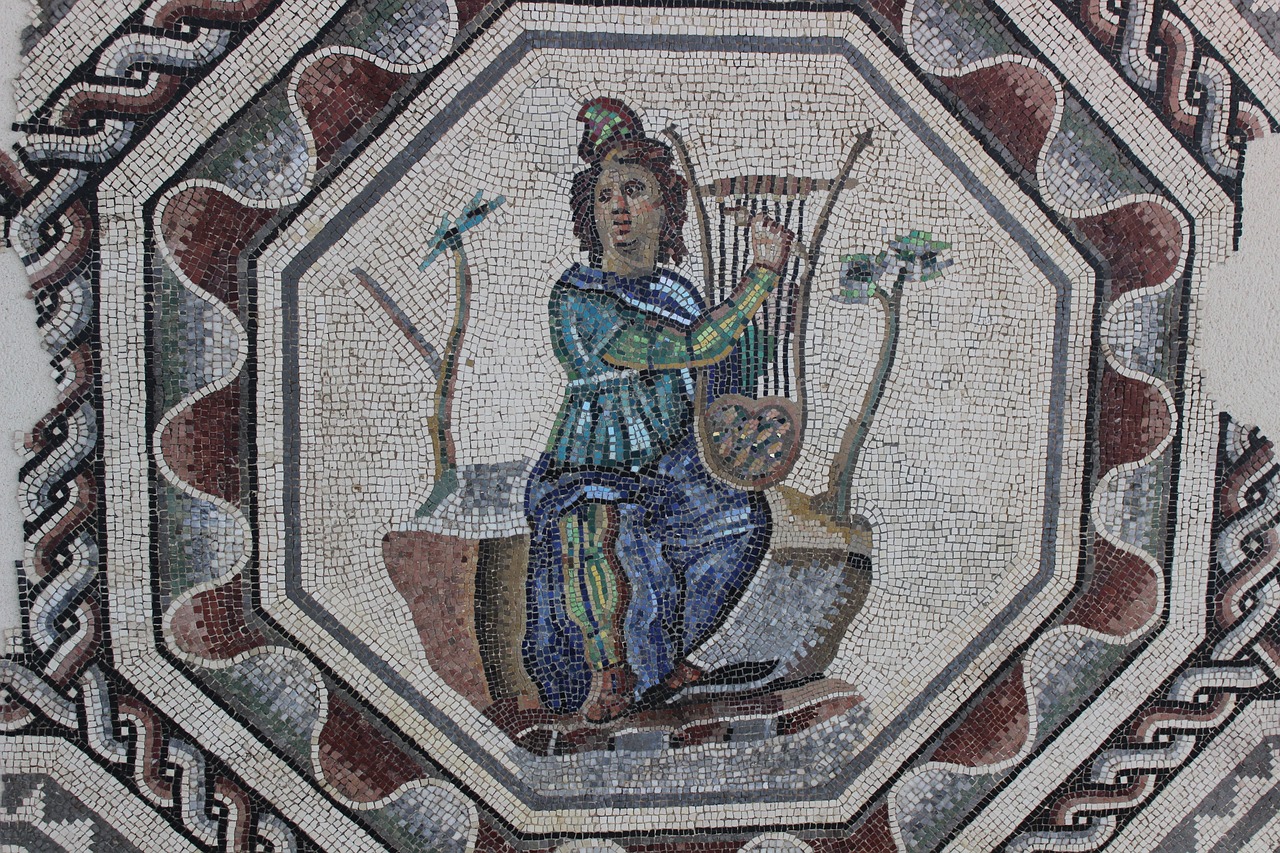-

The Jade Emperor: A Pinnacle of Chinese Mythology The Jade Emperor, also known as Yu Huang or Yu Huang Shang Ti, stands as a significant deity in the realm of Chinese mythology. His representation embodies ultimate power, wisdom, and ideals such as compassion and justice, which mirror both the concept of Heaven and the ancient…
-

The Jade Emperor: The Supreme Ruler of Heaven in Chinese Tradition The Supreme August Jade Emperor, also referred to as Yuhuang Shangdi or Mr. Heaven, holds a pivotal role in Chinese mythology as its foremost deity. He presides over the cosmos from a majestic palace situated at the zenith of heaven, alongside a large family…
-

Manannan, often referred to as Manannan Mac Lir, stands as a significant figure within Celtic mythology, identified with the mystical Irish race known as the Tuatha De Danann. He is the son of Lir, the god presiding over the sea, and carries the title of Lord of the Sea, a realm from which the Land…
-

Osiris, a pivotal deity in ancient Egyptian mythology, held significant importance due to his dual role as both a god of fertility and the ruler of the underworld. His origins can be traced back to the locality of Busiris in Lower Egypt, and evidence suggests he may have originally represented chthonic fertility. By circa 2400…
-

Roman religion, or Roman mythology, encompasses the beliefs and practices of the inhabitants of the Italian peninsula from ancient times until the rise of Christianity in the 4th century CE, during an era referred to as Classical antiquity. The orator and politician Cicero suggested that the Romans had a distinct wisdom that led them to…
-

The legend of Orpheus, a transcendent musician, has roots tracing back to the sixth century BCE. By the fourth century BCE, philosophers like Plato began expressing thoughts on the tale of Orpheus and Eurydice. Current primary texts documenting this myth include Virgil’s Georgics and Ovid’s Metamorphoses. The Tale of Orpheus and Eurydice Gifted with a…
-
In Norse mythology, few goddesses embody desire and beauty quite like Hnoss. Known as the radiant daughter of Freyja and her elusive partner, Óðr, Hnoss, which translates to “treasure” or “jewel,” derives her name from her extraordinary physical allure. But who is this esteemed goddess that mirrors human longing? Let’s delve into the origins, characteristics,…
-
Hnoss: The Divine Goddess of Radiance in Norse Mythology Hnoss, the enchanting offspring of Freyja and Óðr, occupies a significant position in the realm of Norse mythology. As part of the Vanir, the deities associated with fertility and prosperity, she is imbued with divine attributes that add to her allure. This exploration seeks to uncover…
-
Hnoss: The Norse Goddess of Aesthetics and Wealth Hnoss (pronounced “hnoss” or “hnoss-uh”), sometimes spelled as Hnos or Noss, is a prominent figure in Norse mythology, symbolizing beauty, value, and treasures. She is recognized as the offspring of Freyja, a significant goddess from the Vanir tribe, and Óðr, a somewhat enigmatic deity. Hnoss shares a…
-
The Allure of Hnoss in Norse Mythology Hnoss, the enchanting offspring of Freyja and Óðr, occupies a notable position in the rich narratives of Norse mythology. Being a part of the Vanir—deities signifying fertility and wealth—her heritage endows her with divine traits, making her a compelling figure within this ancient mythological framework. Let’s explore the…


